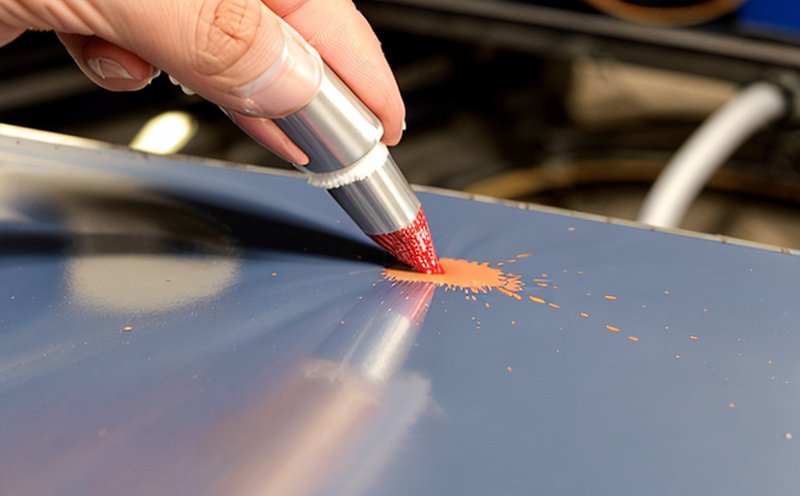BS EN 12722 Resistance of Furniture Surfaces to Dry Heat Testing
The British Standard (BS) and European Norm (EN) 12722 specifies a method for determining the resistance of furniture surfaces to dry heat. This test is particularly relevant in sectors such as home furnishings, office furniture, and leisure facilities where prolonged exposure to dry heat can affect the stability and longevity of surface coatings.
The standard applies to various types of furniture, including but not limited to chairs, sofas, tables, and storage units. It aims to assess how well the applied surface coating withstands high temperatures without losing its integrity or causing damage to the underlying material. This is crucial for ensuring that products meet durability requirements and perform reliably over extended periods.
The test procedure involves subjecting specimens of furniture surfaces to controlled conditions of dry heat, typically at a specified temperature range (e.g., 60°C) and duration (e.g., 24 hours). The objective is to simulate real-world usage scenarios where the furniture may be exposed to prolonged periods of high ambient temperatures.
Surface coatings play a critical role in protecting the underlying materials from environmental factors like heat, moisture, and abrasion. By conducting this test according to BS EN 12722, manufacturers can ensure their products meet stringent quality standards and comply with relevant regulations.
This testing method is essential for quality managers, compliance officers, R&D engineers, and procurement teams who need to verify the performance of surface coatings in high-temperature environments. Compliance with this standard ensures that furniture products are safe, durable, and capable of maintaining their aesthetic appeal even under demanding conditions.
The test results provide valuable insights into the thermal stability of the applied coatings, helping manufacturers make informed decisions about material selection and formulation processes. This not only enhances product quality but also contributes to sustainable practices by reducing waste associated with premature failure.
Scope and Methodology
The scope of BS EN 12722 includes the determination of resistance against dry heat for furniture surfaces. The test is applicable to all types of furniture exposed to prolonged periods of high ambient temperatures.
| Parameter | Description |
|---|---|
| Temperature | 60°C ± 2°C |
| Duraction | 24 hours ± 1 hour |
| Specimen Preparation | Circular specimens with a diameter of 150 mm are cut from the test piece. |
| Surface Area | The surface area to be tested is at least 3.75 cm². |
For each specimen, the temperature and duration should be maintained within specified limits to ensure accurate results. After exposure to dry heat, the specimens are inspected for any visible changes in color or texture that may indicate deterioration of the surface coating.
The test procedure is designed to mimic real-world conditions as closely as possible, allowing manufacturers to assess the thermal stability of their products before they reach consumers. This helps identify potential issues early on and facilitates improvements in formulation processes.
Quality and Reliability Assurance
- Conducting this test ensures compliance with international standards such as BS EN 12722.
- It provides a benchmark for evaluating the performance of surface coatings under high-temperature conditions.
- The results help manufacturers maintain consistent quality across all production batches.
Regular testing according to this standard helps identify any deviations from expected performance early on, allowing for timely corrective actions. This ensures that only reliable and durable products reach market, enhancing customer satisfaction and trust in the brand.
Customer Impact and Satisfaction
- Enhanced durability of furniture surfaces reduces maintenance costs for customers.
- Prolonged product life means fewer replacements, leading to long-term savings for consumers.
- Consistent quality across all products builds brand loyalty among customers.
By ensuring that furniture meets stringent thermal stability requirements through this test, manufacturers can offer products that not only meet but exceed customer expectations. This translates into higher levels of customer satisfaction and increased market share.





